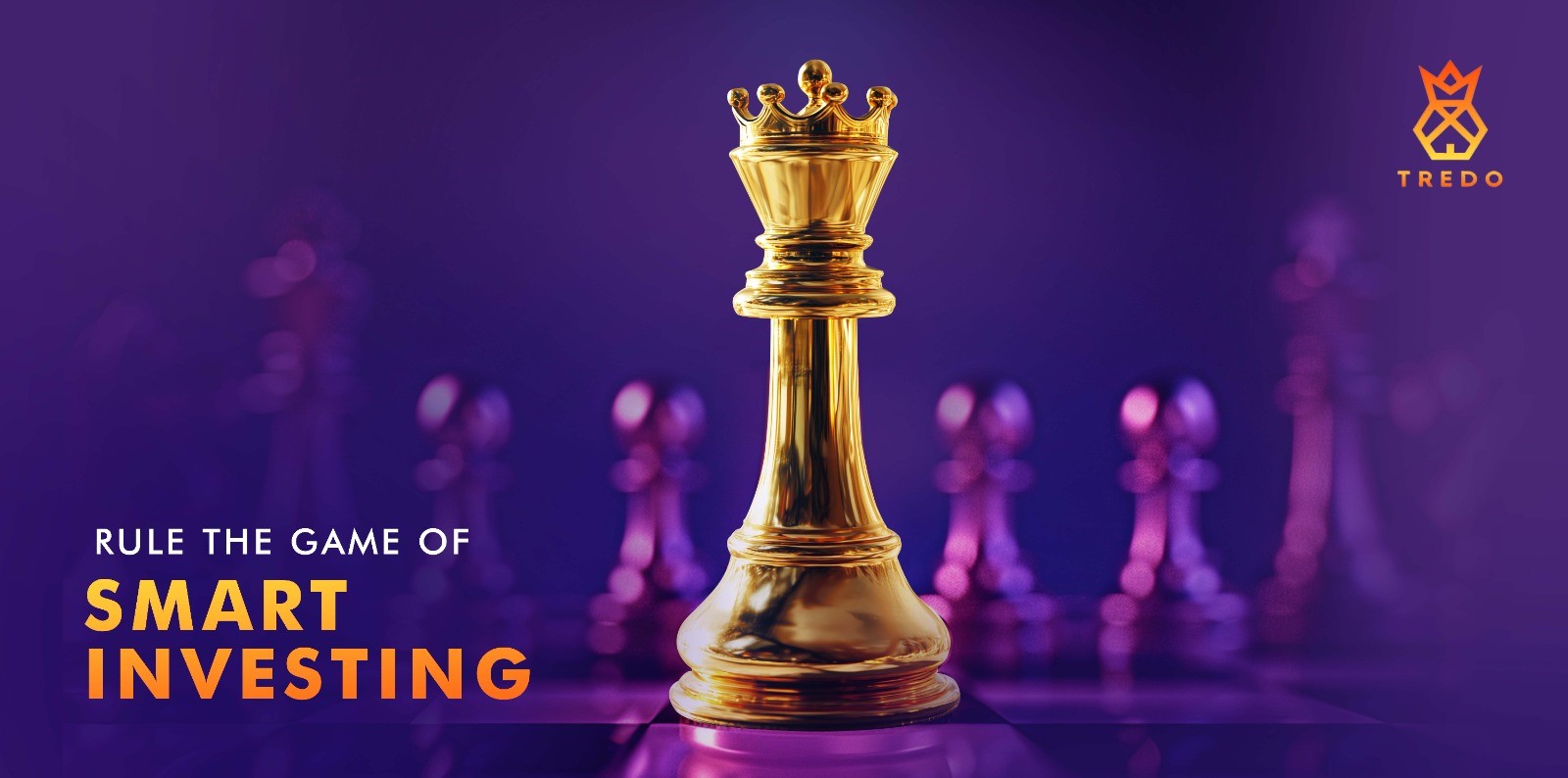

Step into the future of investing with Tredo, the first-of-its-kind app that offers a seamless platform to invest not just in digital gold, but also in digital silver, powered by the trusted technology of Augmont
Whether you're planning for long-term growth through SIPs or prefer the flexibility of daily investments, Tredo makes it simple, secure, and accessible
In a world where markets are volatile and currencies are uncertain, gold and silver are emerging as trusted havens
With Tredo, you can now build your wealth with confidence, one gram at a time
To empower every Indian to invest, save, and grow their wealth effortlessly by making digital gold and silver ownership secure, transparent, and accessible to all.
We are committed to simplifying precious metal investments through a scalable, tech-driven platform that blends innovation with trust. By offering userfriendly tools and reliable infrastructure, Tredo enables customers to build a brighter financial future while addressing the evolving needs of tomorrow’s market.

We believe in open, honest, and clear communication. Building trust through full transparency in all transactions
We strive to provide financial growth opportunities accessible to all, ensuring everyone benefits, regardless of their background or income level.
We inspire smart investing by letting users begin their journey with just ₹1, making wealth creation accessible universally.
We ensure your digital gold and silver are protected with advanced encryption and secure storage solutions.
Invested Amount: ₹ 0
Estimated Returns: ₹ 0
Total Value (Maturity): ₹ 0
Get the app on your smartphone and enjoy seamless experience.
Gold/Silver has long been regarded as one of the most reliable and culturally significant forms of investment in India. Traditionally purchased in its physical form—whether as jewellery, coins, or bars—gold/silver has symbolized wealth, security, and prosperity. With the advent of digital platforms, however, investors now have access to a modern alternative: digital gold/silver. This article provides a detailed comparison between physical and digital gold, explains regional price variations, clarifies purity standards, and highlights the broader economic role of gold in India.
Gold prices are not uniform across India due to the following factors:
Gold price fluctuations are influenced by:
Both physical gold and digital gold retain their significance as investment avenues. Physical gold continues to hold cultural and ornamental value, while digital gold offers unmatched convenience, affordability, and security. As India continues to balance tradition with innovation, both forms of gold will play a vital role in preserving wealth and contributing to the nation’s economic framework.
Gold purity is measured in karats (K). The higher the karat value, the purer the gold. Before exploring the distinctions between 24K, 22K, and 18K gold, it is important to understand that karat is the standard unit used to denote the proportion of gold in a given item.
24K gold is considered pure gold (99.9% purity). All 24 parts of the metal consist of gold without significant traces of other elements. It has a bright, natural yellow colour and is the highest form of purity available.
Note: Gold cannot be purer than 24K. Be cautious if offered 25K or 26K gold, as such claims are misleading.
22K gold consists of 91.67% pure gold mixed with 8.33% of other metals such as silver, zinc, or nickel.
22K gold is often referred to as 916 gold because 91.6 grams of pure gold are present in every 100 grams of alloy. It is also BIS hallmarked, ensuring authenticity and purity.
18K gold contains 75% pure gold and 25% other metals such as copper or silver.
| Karat | Purity | Common Use | Durability | Highest | Stamp/Marking |
|---|---|---|---|---|---|
| 24K | 99.9% | Coins, bars, electronics, medical use | Very soft | Highest | 24K, 999 |
| 22K | 91.67% | Plain jewellery | Durable | High | 22K, 916 |
| 18K | 75% | Studded jewellery | Very durable | Moderate | 18K, 750 |
Taxes on Gold in India Gold can be purchased in various forms—jewellery, coins, bars, or digital gold. The taxation depends on how long the asset is held before being sold.